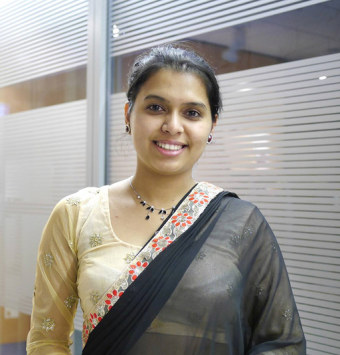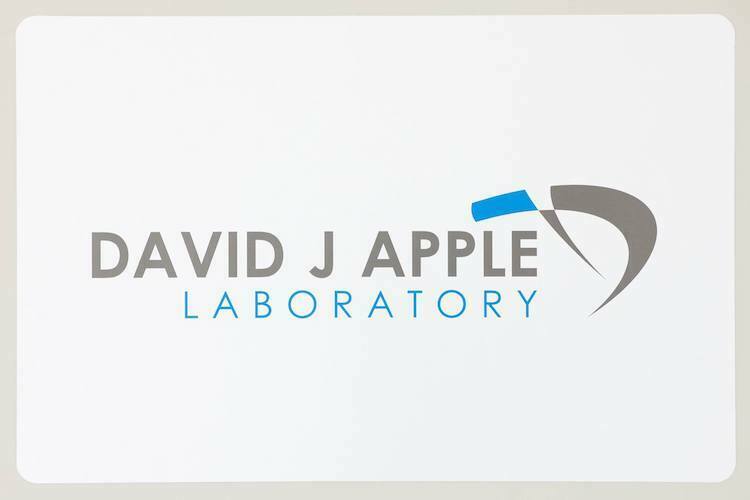Rupp+Hubrach Science Prize 2020
Heidelberg, 22 June 2020. I am glad to share the news that today my Master thesis (“Infrared-light visibility threshold measured in diabetic and healthy patients using a two-photon ophthalmoscope”) was awarded the R+H Wissenschaftspreis 2020 by the R+H jury.
R+H

{: .pic-right}For international readers, this is an annual Prize for science papers in the optical and ophthalmic field, which is supported by Rupp + Hubrach: headquartered in Bamberg, it is a well-known company in Germany for spectacle lens manufacture. (Due to the Corona restrictions, the award ceremony date is not yet fixed.)
My thesis
Here is the abstract of my thesis.
Title: Infrared-light visibility threshold measured in diabetic and healthy patients using a two-photon ophthalmoscope.
Author: Asu Rayamajhi
Objective: The mechanism of the two-photon absorption by photoreceptors and their visual pigment chromophore isomerization lays the ground for a better understanding of how infrared light (IR) triggers color perception in an unaided eye. The association between retinal disease and expected changes in IR-light sensitivity has yet to be investigated, though. This study aimed to measure and compare scotopic eye sensitivity of healthy and diabetic-retinopathy patients using a two-photon ophthalmoscope.
Method: This research was carried out at the Ophthalmology Department of the Heidelberg University Hospital. Among 69 included eyes, 28 were healthy, and 41 were diabetic. All participants underwent a comprehensive eye exam, including visual acuity (VA) and contrast sensitivity tests, optical coherence tomography, and slit-lamp examination. The IR threshold was measured following 30-min dark-adaptation with a Goldman II size stimulus and the method of adjustment. We used the two-photon ophthalmoscope with integrated pulsed laser light (1045nm) for sensitivity assessment and scanning laser ophthalmoscopy for fundus imaging.
Results: The mean age of diabetic patients (61.2 ±12.7 years) and the control group (56.2 ±15.7 years) was not statistically significant (P=.15). The mean logMAR VA of diabetic patients (0.12 ±0.17) was worse than in the healthy group (-0.04 ±0.08), which was significantly different (P<.001). Furthermore, the contrast sensitivity of the diabetic patients was lower than that of the healthy group, especially at 6 and 18 cycles/degree. A statistically significant (P=.04) difference was found in the mean retinal thickness between the diabetic patients (300.0 ±50.0 μm) and the healthy group (277.1 ±19.5 μm). The mean retinal sensitivity to IR light in diabetic patients (11.6 ±2.1 dB) was significantly (P<.001) lower than in the healthy group (15.5 ±1.3 dB).
Conclusion: We confirmed that the infrared threshold could be successfully measured in a clinical setting. The IR light sensitivity of diabetic patients was significantly impaired as compared to healthy subjects. The two-photon ophthalmoscope can be used in the assessment of patients with retinal disease.
Thank you
I sincerely thank Prof. Gerd Auffarth and Dr. Greg Łabuz for believing in me and giving me a precious opportunity to work in this project with a friendly team: as a family member in the family. Their advice and guardianship helped me to widen this project from various perspectives.
I would also like to acknowledge Prof. Dr. Andreas Holschbach’s positive and encouraging approach regarding this thesis and throughout my study; he is my supervisor at Aalen University (Hochschule Aalen), where I started my optometry studies.
I feel lucky, blessed, grateful, and happy to work in this project and have a mentor and supervisor like Greg. Thank you for inspiring me.
Many thanks to all my colleagues for helping me, your friendliness and warm working environment.
Asu Rayamajhi
 Asu Rayamajhi
Asu Rayamajhi 
 Chinese presentation
Chinese presentation